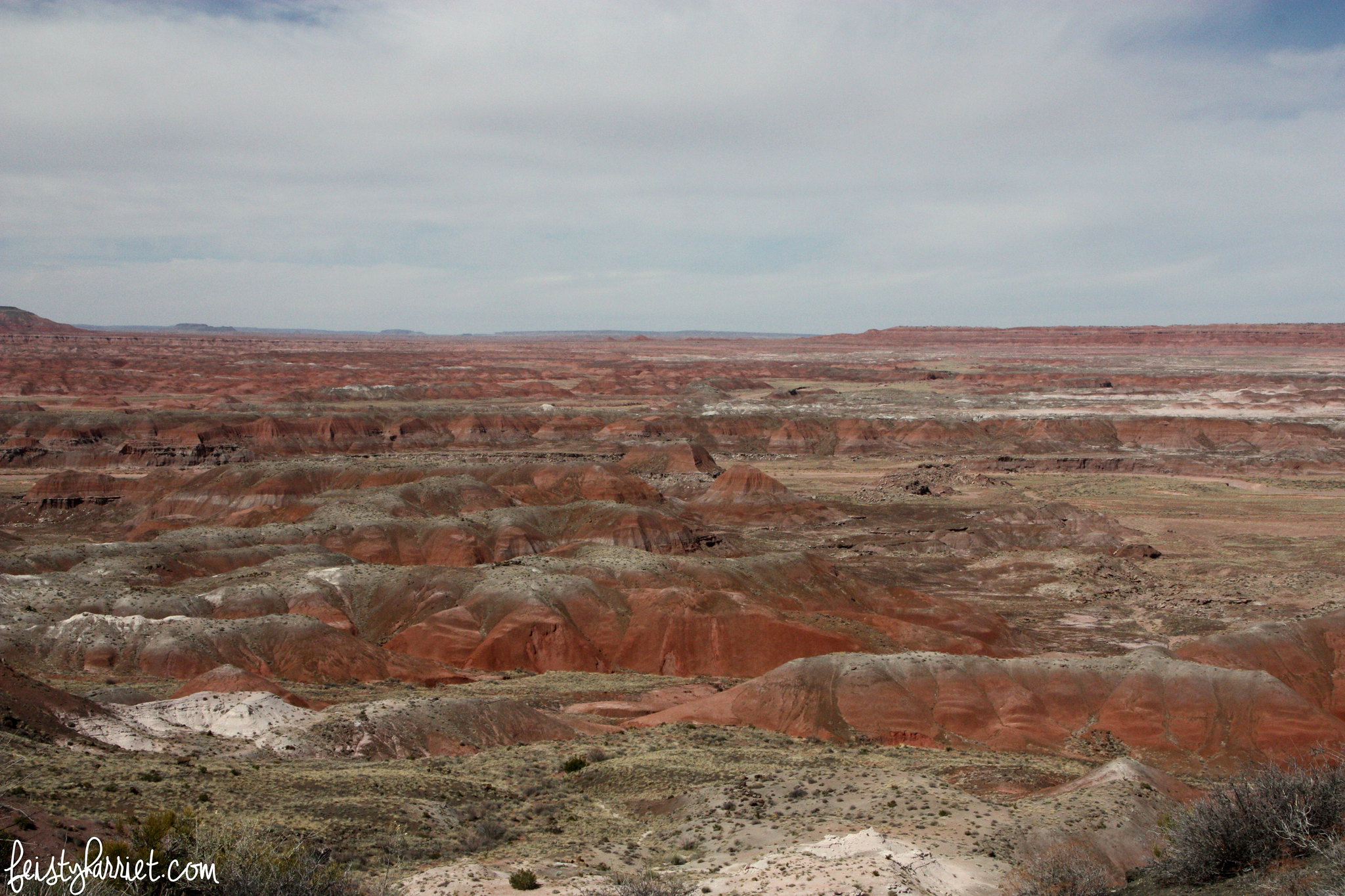
This year I decided to write my book reviews a little differently instead of focusing on what I read chronologically, I want to group similar books together by topic and write about them that way.
Mormon Country, by Wallace Stegner (5 stars). Stegner spent a lot of time in Utah during his formative years, and his grasp of Mormon culture and idiosyncrasies while still respecting their faith is, frankly, refreshing. This was published in the early 1940’s and while there have been some big changes in many aspects of Mormon culture since then as the LDS church has grown exponentially, some of the idiosyncrasies are now just bigger issues, and some have disappeared completely.
In addition to describing the people and culture of Utah, however, Stegner spends many chapters discussing the land, the settlement (small agricultural towns based on community and irrigation, not the stand-alone ranches of the Midwest), the working with the natural resources instead of exploiting them (Mormons did not mine, despite settling in mineral and oil rich country), history of native tribes and people, history of battles (actual and political) with the federal government in the early days of the Utah Territory, Spanish explorers, Butch Cassidy’s outlaws, legends and stories from the Colorado Strip, dinosaur hunters, and the “colonizing” Mormons who settled from Idaho to Mexico, from the Rockies to the Sierra and even outposts at San Francisco, San Bernadino, and San Diego, California.
Mostly, this book just made me homesick. Stegner’s descriptions of the wildest places of the Wasatch mountains and south-eastern Utah’s red rock country made me long desperately for home. Stegner’s predictions for Utah have almost all come true, which was really interesting to read about.

Beyond the Hundredth Meridian: John Wesley Powell and the Second Opening of the West, by Wallace Stegner (4 stars). The high desert, red rock canyon country of south-east Utah was the last part of the contiguous United States to be mapped, and with good reason. That country is harsh, blistering, and difficult to navigate by foot, horse, boat, or, frankly, jeep. Terry Tempest Williams says Utah has “a spine like a stegosaurus” and I think that’s quite apt. Powell is the first (white) explorer to attempt this country and try to map the rivers and mountains and plateaus. This book is that history and follows Powell’s political career for several decades as he tries to convince Congress and the public, so hot for the Homestead Act, that agricultural farming just will not work in vast areas of the arid, desert West. He failed, and it wasn’t until decades later that the US Government started to understand his points. The subsequent water war that has lasted and heightened in the last 15 or 20 years was predicted by Powell over 150 years ago, he knew exactly what would happen to the lands of the West if farming and ranching were left unchecked and the water resources were not protected.
The most exciting part of this book is the first 150 pages where Powell and a small group of adventurers run the Green River from Wyoming down through the Uintas and eastern Utah, finally meeting up with the Grand/Colorado River and continuing on through southeast Utah and northern Arizona, running the Grand Canyon, and ending up in the tip of Nevada. His descriptions are fantastic and, in many ways, a love letter to the red rock country I hold so dear. The rest of the book is more political and details the history of homesteading and immigration through the western United States, bits of the wars and treaties and decimation of the Native American tribes, and a lot of congressional arguments and acts and vetoes that led to the “opening” and settlement of the West. Stegner wrote this in the 1950’s and it is fascinating how much still holds true 75 years later on the fight for water and other sustaining resources in the hot desert mesas and mountains.

High Tide in Tucson: Essays From Now or Never, by Barbara Kingsolver (4 stars). When I picked this book up I thought it would be include essays about Kingsolver’s life in Arizona, experiences in and around Tucson. It does not. The essays are well written and thought invoking, but only one or two has any direct ties to living in an arid desert. Just shows you shouldn’t judge a book by it’s cover. Kingsolver discusses politics, environment protection, family, travel, and many of her own childhood experiences. Excellent read.
Refuge: An Unnatural History of Family and Place, by Terry Tempest Williams (4 stars). This book is part environmental treatise, and part family history. While I sometimes did not identify with the connection Tempest Williams feels to the women in her family, I certainly felt in my bones her love for the Salt Lake valley and the Great Salt Lake herself (yes, the lake is a woman). Tempest Williams is a gifted storyteller and writes beautiful, poetic descriptions full of emotion and feeling.
Red: Passion and Patience in the Desert, by Terry Tempest Williams (3 stars). This collection of essays about red rock and canyon country was a little hit and miss. Some of them I *loved* and re-read immediately. Other essays didn’t really affect me much, or even made me angry; but, in most ways, this book is a series of love letters to the wild, rocky country I call home.
Other Reading Recommendations:
Desert Solitaire, by Edward Abbey
The Anthropology of Turquoise, by Ellen Meloy


Just put a hold on Mormon Country at my library!
Yay! I’m so interested in your review!
xox
On Fri, Jul 29, 2016 at 10:24 AM, Feisty Harriet wrote:
>
Them photos… wow! I want to come to your country and road trip my way through it!
Well, let me know, I’ll show you all my favorite spots. 🙂
xox